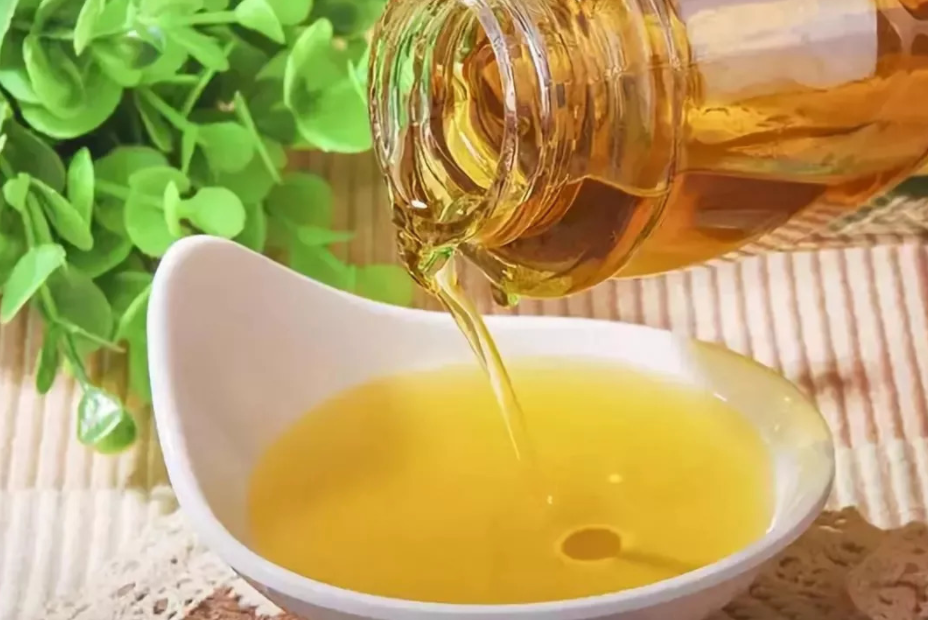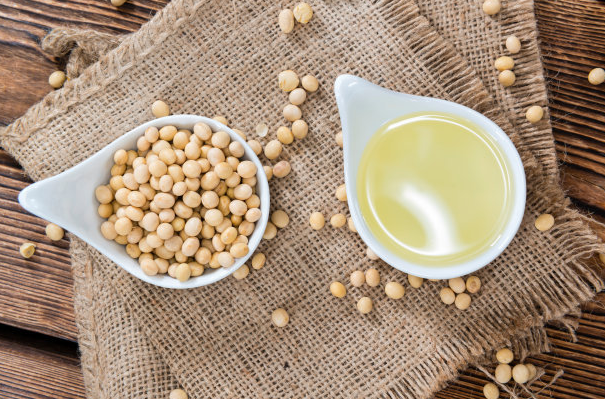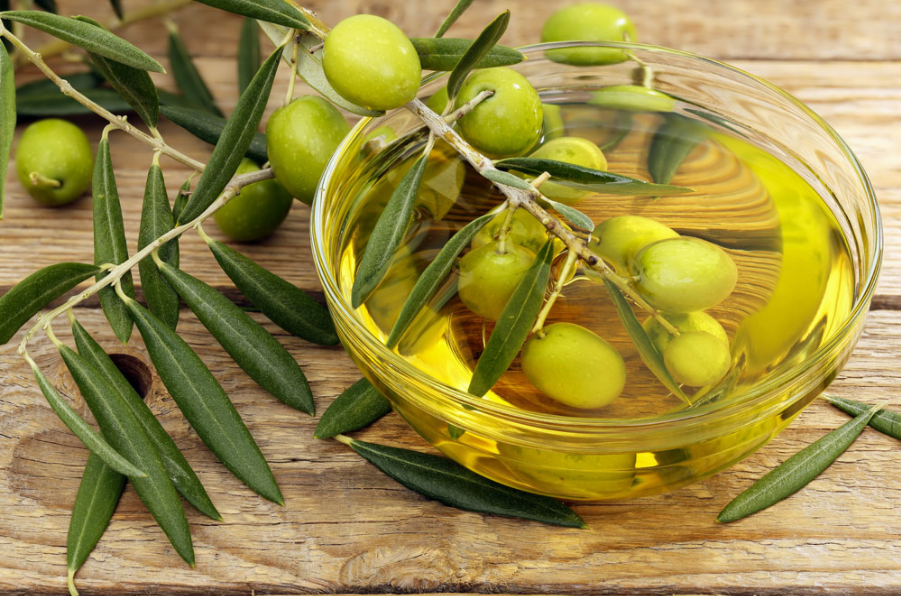Is the edible oil better to be pressed or extracted? For this question, I feel that you can choose according to your preferences and consumption level.
Both leached oil and pressed oil are very common oils in daily life, and there is a big difference between leached oil and pressed oil. Under normal circumstances, the process of leaching oil and pressing oil is different, and is processed according to different raw materials. The method of squeezed oil is also different. Generally, squeezed oil is made by crushing or squeezing, while leaching oil is processed according to a method of extracting grease. The oil yield is higher than that of squeezed oil. Compared with oil, the taste of pressed oil is more mellow and retains the fragrance of the raw material.
According to the different oils, different production processes can be selected. In general, such as sesame, peanuts, olives, rapeseeds, etc. themselves are oil crops with higher oil content, you can choose the pressing method to make oil. But like soybeans, rice bran, etc., their oil content is low and most of them use the leaching method to make oil. In addition, there are "water-soluble method", "water-based method" and other processes.

1. Different processing technology
Squeezing method: It is a method of squeezing oil from oil by physical squeezing. The characteristics of physical pressed oil. Physically pressed oil separates the oil from the oil by physical pressure. The whole process does not involve any chemical additives to ensure that the natural nutrition is not damaged due to safety and sanitation pollution. The physical pressed oil has complete color, fragrance, and color. Characteristics of various nutrients
Leaching method: It is a method of extracting fat from oil with non-food grade solvent based on the principle of physics and chemistry. The leaching oil is the process of crushing, rolling embryos, steaming and sautéing the kernels of the oil seeds, and then extracting the oil from the oil with edible solvents (n-hexane). It is a chemical extraction method of oil production.
Regardless of whether it is the pressing method or the leaching method, this step only solves the production of crude oil. Generally, crude oil cannot be eaten directly, and various impurities in the crude oil, such as gossypol, Aflatoxin, solvent residues, etc.

2. Different nutrients
Squeezed oil can retain the original flavor of the raw materials to a greater extent, and retain various nutrients in the raw materials, such as the fragrance of sesame oil.
Most of the leaching oil is colorless and tasteless, and can retain the special nutrients in the raw materials, such as the oryzanol in the rice bran oil.
Different types of edible oil have different national standards, so not all oils have only one standard for the color. According to different refining grades, different oil materials, and different production processes, each oil has a different color. There are different standards for the oil color value in the national standard. Many consumers generally think that "squeezing" is better than "leaching". If it is purely pressed oil that can maintain the original nutrition and the quality is relatively pure, of course it is better. As long as the "leaching" oil truly meets the standards set by the state, it will not be harmful.

3. How to identify oil and select oil?
(1) Look at the complete signs of edible oil
For oil from the regular factory, the date of production, shelf life, certificate of conformity, QS (enterprise food production license) certification mark, grade (level one to four), production name, processing technology identification (pressing method or extraction method, etc.) on the packaging should be Is complete.
(2) Look at the grade of edible oil
Edible oil is divided into four grades. Grade 3 oil and Grade 4 oil refer to edible oils that have undergone simple degumming and deacidification. The primary and secondary oils must go through the process of degumming, deacidification, decolorization, and deodorization. The higher the level, the lighter the color. The first grade oil must be colorless, tasteless and odorless. The higher the oil grade, the more thoroughly the impurities and harmful substances in the oil will be removed, but the content of nutrients will be reduced, and some good things in the oil will also be removed. For example, the carotene in soybean oil is removed during the decolorization process. Refined olive oil is far less nutritious than virgin olive oil, while the aroma and tocopherols of refined sesame oil are not as good as low-temperature roasting and pressing sesame oil. However, the third-grade oil and the fourth-grade oil also contain more impurities and have a higher smoke point.
Consumers can make a choice according to their needs, depending on the oil. Personal advice is to choose the first-class oil for frying, for cold pouring, and extra virgin olive oil. If you want to know the oil pressing process and leaching process, please feel free to contact us.
Copyright © Henan Zhongxing Grain And Oil Machinery Co.,Ltd. All Rights Reserved. Powered by MetInfo